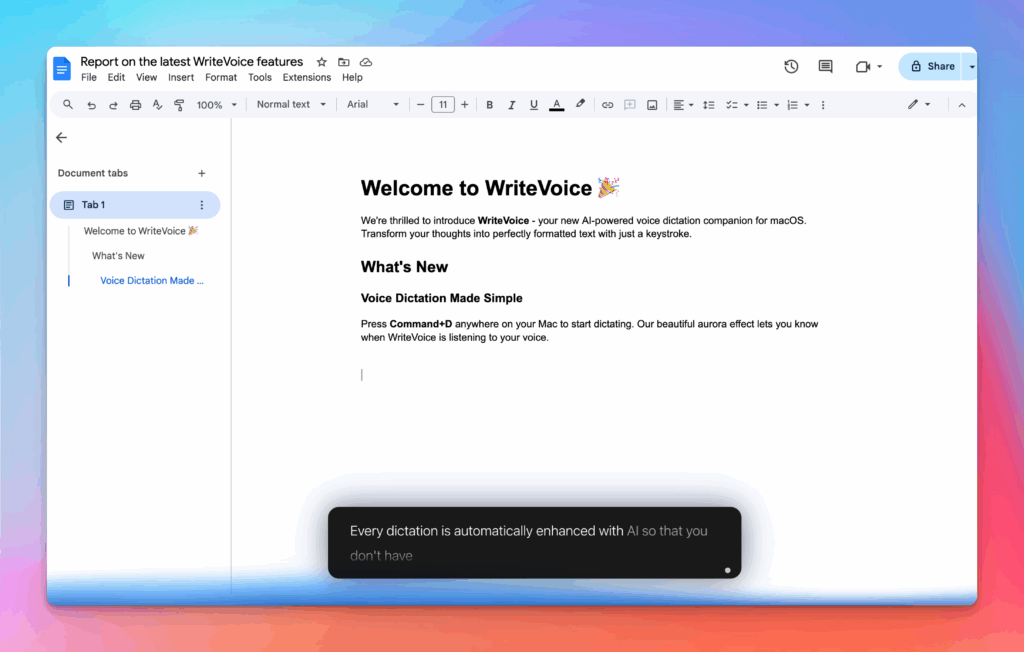Life Estate Valuation Calculator
Life estates split property rights. Calculate values for estate planning and tax purposes.
How the Life Estate Valuation Calculator works
Apply IRS tables to calculate life estate and remainder interest values. Consider age, gender, and current interest rates for accurate valuations.
Life estate planning requires precise valuation. This calculator applies official tables for tax and planning purposes.
How it works
Tutorial
Life estates split property ownership between life tenants (who use the property until death) and remaindermen (who receive it after). Valuing these interests accurately matters for estate planning, gift tax calculations, Medicaid planning, and property sales. The IRS provides actuarial tables (Table S in Publication 1457) calculating life estate values based on age and current interest rates—a 75-year-old’s life estate in a $400,000 home might be worth $210,000, with the remainder interest worth $190,000. Understanding this valuation prevents tax mistakes and enables strategic estate planning.
Life estate valuation becomes critical when elderly parents transfer property to children while retaining life use, when calculating basis step-up for inherited property, or when Medicaid evaluates asset transfers for eligibility. Getting valuation wrong can trigger unexpected gift taxes, disqualify Medicaid eligibility, or create disputes among heirs. The IRS tables mathematically calculate present value based on life expectancy and opportunity cost (interest rates), providing defensible valuations that satisfy tax authorities and enable proper planning.
The Basic Formula
| Component | Formula | Source |
|---|---|---|
| Life Estate Value | Property Value × Life Estate Factor | IRS Table S factor by age |
| Remainder Value | Property Value × Remainder Factor | (1 – Life Estate Factor) |
| Life Estate Factor | Based on IRS actuarial tables | Decreases with age |
| Interest Rate | §7520 rate (changes monthly) | IRS publishes monthly |
Step-by-Step Calculation
Example: 72-year-old creates life estate in $500,000 home, transferring remainder to children; §7520 rate is 5.2% (example rate)
Step 1: Determine Life Estate Factor from IRS Tables
| Input | Value | Source |
|---|---|---|
| Life Tenant Age | 72 years | At time of transfer |
| §7520 Interest Rate | 5.2% | IRS monthly publication |
| IRS Table S Factor (Age 72, 5.2%) | 0.48621 | From IRS Publication 1457 |
| Remainder Factor | 1 – 0.48621 | 0.51379 |
| Life Expectancy | ~14.8 years | Actuarial basis for calculation |
Step 2: Calculate Life Estate and Remainder Values
| Component | Calculation | Value |
|---|---|---|
| Property Fair Market Value | Appraisal/assessment | $500,000 |
| Life Estate Value | $500,000 × 0.48621 | $243,105 |
| Remainder Interest Value | $500,000 × 0.51379 | $256,895 |
| Verification | $243,105 + $256,895 | $500,000 ✓ |
Step 3: Apply to Tax and Planning Scenarios
| Scenario | Calculation | Tax/Planning Impact |
|---|---|---|
| Gift Tax (Remainder to Children) | Taxable gift value | $256,895 |
| Annual Exclusion (2024) | $18,000 per recipient | $18,000 × 2 children = $36,000 |
| Taxable Gift After Exclusions | $256,895 – $36,000 | $220,895 |
| Gift Tax Owed (if no lifetime exemption) | $220,895 × 40% (top rate) | $88,358 |
| Lifetime Exemption Available (2024) | $13.61M per person | Likely covers gift |
| Medicaid Lookback Impact | Transfer within 5 years | $256,895 penalty period |
| Medicaid Penalty Months | $256,895 / $9,000 avg cost | ~28 months ineligibility |
What This Means
Creating a life estate in this $500,000 home splits value into $243,105 life estate (parent retains) and $256,895 remainder (gifted to children). For gift tax purposes, the parent made a $256,895 gift when transferring remainder interests, though this likely fits within the $13.61M lifetime exemption (avoiding current tax). However, the IRS will count this against the lifetime exemption, potentially increasing estate taxes later if the estate is large enough.
For Medicaid planning, this creates significant problems: transferring the $256,895 remainder within 5 years of applying for Medicaid creates a penalty period of approximately 28 months where Medicaid won’t pay for nursing home care. At $9,000/month nursing home costs, the family must cover $252,000 out-of-pocket during the penalty period—nearly the entire gift value. This is why Medicaid planning requires transfers well before care is needed (>5 years). The life estate factor of 0.48621 means the 72-year-old’s right to live in the home is worth 48.6% of value—roughly proportional to 14.8-year life expectancy discounted at 5.2% annually.
Meet the fastest voice-to-text for professionals
WriteVoice turns your voice into clean, punctuated text that works in any app. Create and ship faster without typing. Your first step was Life Estate Valuation Calculator; your next step is instant dictation with WriteVoice.
A blazing-fast voice dictation
Press a hotkey and talk. WriteVoice inserts accurate, formatted text into any app, no context switching

Works in any app
Press one hotkey and speak; your words appear as clean, punctuated text in Slack, Gmail, Docs, Jira, Notion, and VS Code—no context switching, just speed with writevoice

Accurate, multilingual, and smart
97%+ recognition, smart punctuation, and 99+ languages so your ideas land first try, built for teams and pros.

Private by default
Zero retention, audio and text are discarded instantly, with on-device controls so you can dictate sensitive work confidently.

